Ads accounts act as the backbone for running online advertising campaigns. They allow you to efficiently manage promotions across search engines, social media, display networks and more from a centralized platform.

This guide covers everything about setting up and optimizing an ads account as an essential tool for executing successful digital marketing. Whether spending $100 or $100K+ per month on advertising, properly structuring accounts saves time and money.
We’ll explain what ads accounts entail across major platforms, best practices creating and organizing them, and tips getting approved to start promoting brands.
What Is An Ads Account?
An ads account refers to the overarching structure on advertising platforms that manages your promotions. Key features ads accounts provide include:
- Centralized Campaign Management: Easily set budgets, creatives, targeting for all initiatives from one spot
- Robust Reporting: Track spend, impressions, clicks, conversions in real-time with visual analytics
- Billing & Invoicing: View payment history, receipts, generate invoices for media buys
- Access Controls: Add users and set permissions limiting account functionality by role
In short, an ads account lets you efficiently execute, optimize and administer advertising programs ranging from one-off campaigns to always-on global efforts.
Why Are Ads Accounts Important?
Instead of having to work with scattershot tools, ads accounts enable consolidating all your promotion initiatives via:
- Organization: Align under common naming conventions for intuitive categorization
- Ownership: Assign permissions so specific people manage designated programs
- Analysis: Compare performance across channels and campaigns with shared metrics
- Optimization: Streamline decision making for budget splits, creative enhancements
- Billing: Provide transparency into monthly costs and invoices by business unit if needed
For enterprise teams juggling tons of SKUs, products, and content, properly structured accounts drastically improve workflows. The same principles apply equally for solopreneurs managing a few small campaigns. Insights from the Indian Gaming Convention, highlighted on Indian gaming convention NativeNewsOnline, reveal how streamlined processes benefit various business scales, enhancing efficiency and productivity.
Types of Ads Accounts
While account creation follows the same general premise across advertising options, platforms tend to take slightly different approaches.
Let’s break down specifics setting up accounts across the most popular networks:
Google Ads Accounts
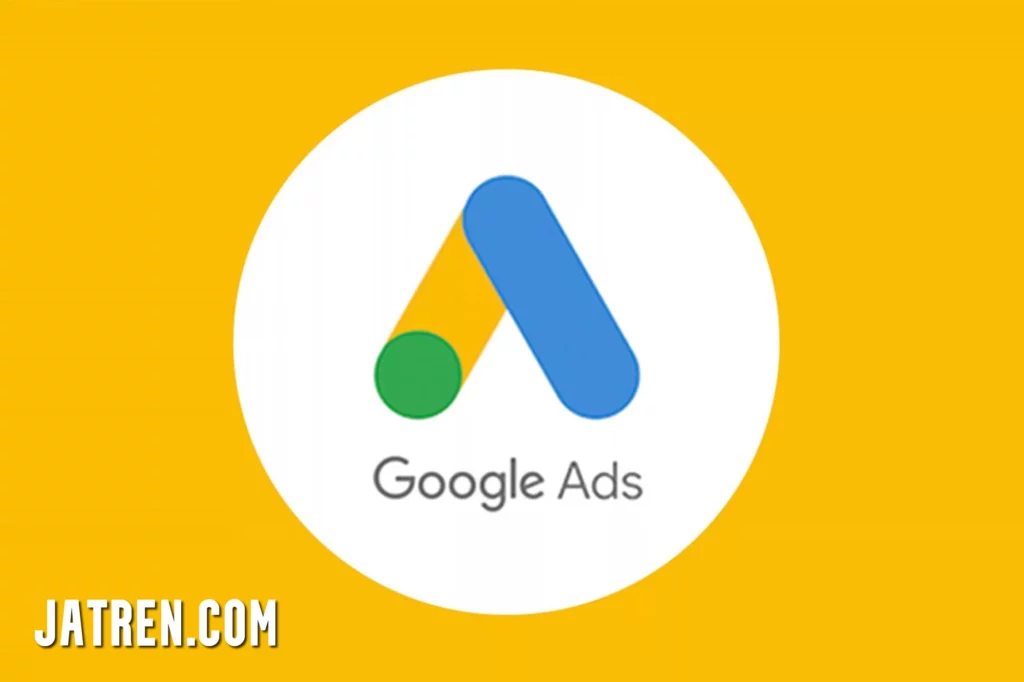
Google Ads (formerly AdWords) anchors millions of search and display network campaigns.
Unique considerations when creating accounts include:
- Starts with adding billing profile via payment method
- Can assign manager account access to control sub-profiles
- Supports creating sub-accounts grouped logically by brand, product etc
- Connects Google Analytics for closed-loop analysis
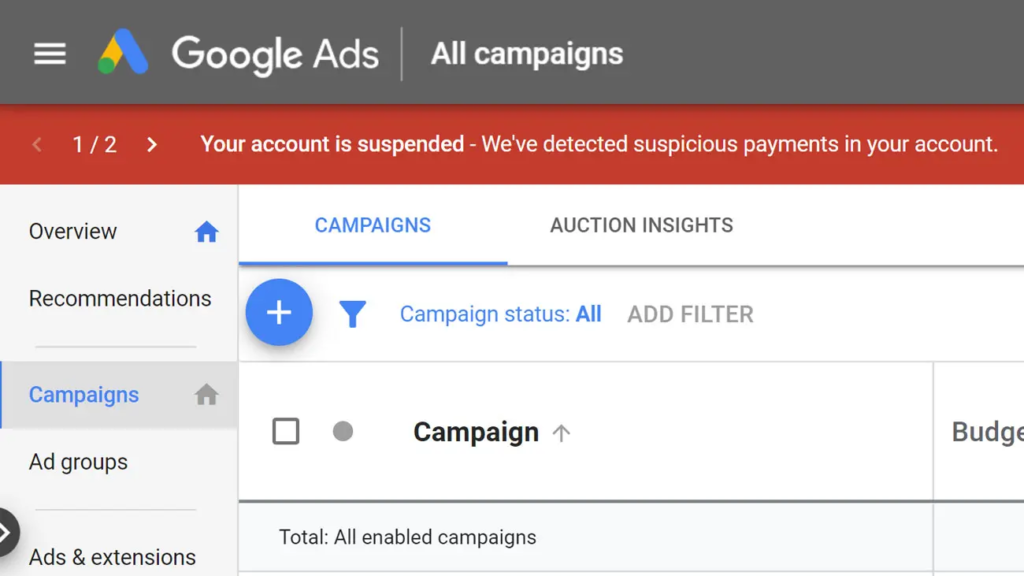
Google recommends businesses own one master account with sub-accounts for each brand, product line etc you manage promotions for.
Facebook Ads Accounts
As the social media leader, Facebook advertising drives massive brand exposure.
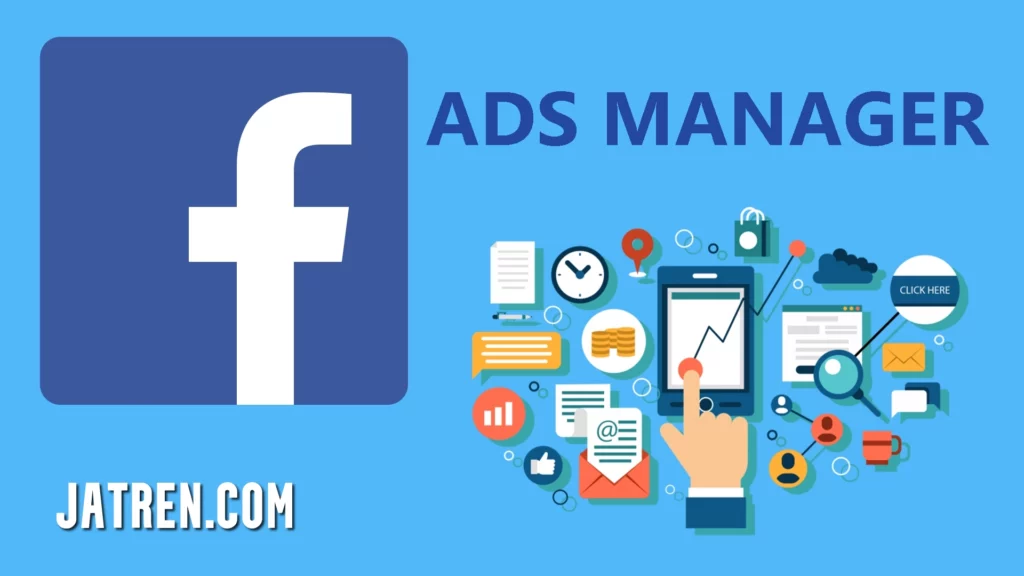
Here are key facets when making Facebook ads accounts:
- Requires associated business Facebook Page to provision account
- Can create ad sets for specific initiatives as sub-groupings
- Offers Business Manager as master consolidated cross-account tool
- Advanced matching with custom audiences from emails or sites
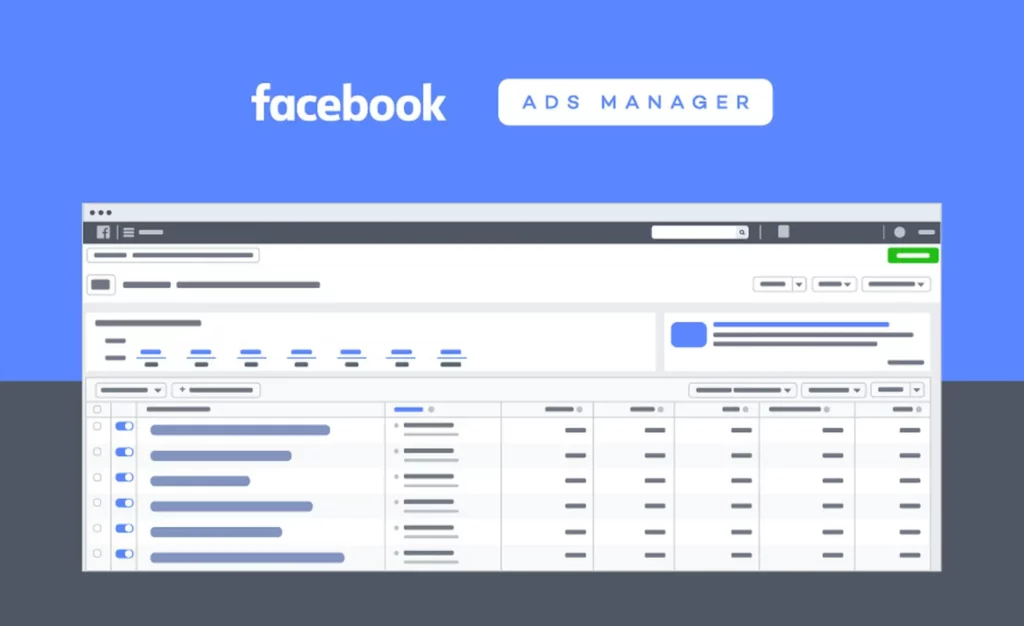
Best practice is crafting campaign or product-focused ad set structures with the Business Manager enabled.
Microsoft Ads Accounts
Microsoft Advertising powers search and native placements across Bing, Yahoo and partner networks.
Tactics for optimizing accounts here involve:
- Link Bing Ads and Yahoo Gemini from same platform
- Include LinkedIn audience targeting and creatives
- Enable UET tracking tags for web events
- Develop sub-accounts by brand As budget expands
The ability to target professional searchers on LinkedIn and leverage behavioral data via UET makes Microsoft Ads accounts uniquely powerful.
Additional Ads Accounts
Beyond search and social, ads accounts for prominent channels like Amazon Marketing Services, Pinterest Ads Manager and YouTube follow similar hierarchies allowing campaign grouping.
Many also integrate or interact directly with Google and Facebook accounts for consolidated reporting and optimization.
Third-party platforms like WordStream and AdRoll additionally let you manage search, social, ecommerce ads across tools like Google, Facebook etc from one ads account collectively if preferred.
Setting Up An Ads Account
When launching a new ads account, a standardized process typically applies:
- Select Platform(s): Define which advertising channels match campaign goals, target audiences and creative requirements.
- Input Business Details: Provide info like website, industry and ad account admin contacts across platforms.
- Assign Payment Method: Add credit card or payment details even for accounts running at low spend levels initially.
- Set Up Tracking: Insert ad tracking pixel/code on website and tag key landing pages to attribute conversions.
- Launch Campaign: Create first campaign including budget, schedule, creatives, targeting and conversion tracking based on goals.
- Refine Account Structures/Perms: Add new sub-accounts, ad sets, admin roles that align to organizational needs.
Following these steps correctly avoids common mistakes like limited tracking or disjointed campaign data that reduce account effectiveness.
5 Best Practices For Managing Ads Accounts
Once up and running, maintaining proper account hygiene is crucial for optimal performance and reporting. Here are 5 key areas for regularly monitoring:
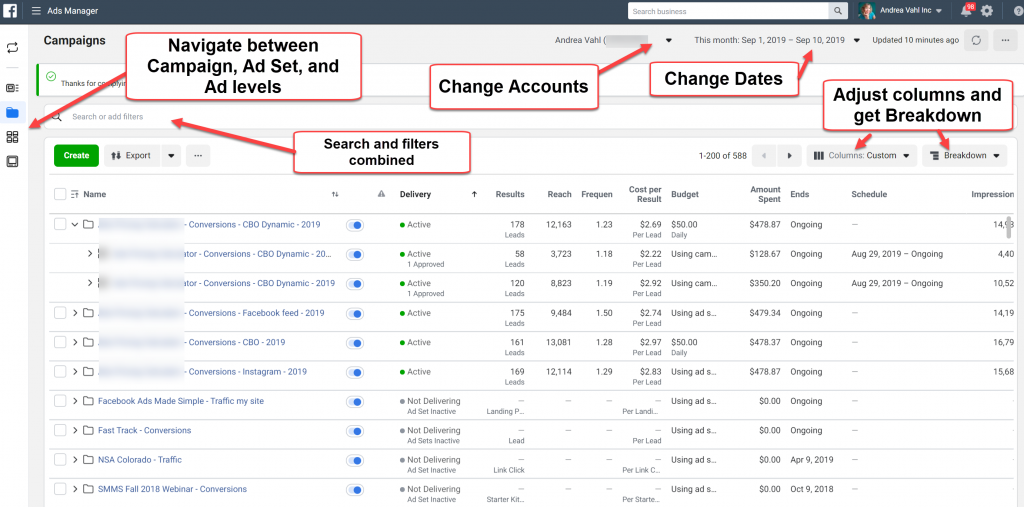
1. Label Campaigns, Ad Sets and Creatives
Organize each campaign, grouped ad set and creative assets with naming like “Brand-Product-Category-Theme”. Examples: “Nike-RunningShoes-SummerSale-Facebook” or “Wix-WebsiteBuilder-SecurityOptions-Google”
2 Safeguard Payment Info
Double check expiration dates on credit cards or payment accounts linked across active platforms to avoid disruption by outdated details getting declined.
3. Assign Access Levels
Control permissions so that Managers can edit targeting and settings but not billing while Readers simply access reports.
4. Create Shared Libraries
Centralize image, video and ad templates into platform libraries allowing users easy access to maintain brand consistency.
5. Automate Reporting
Schedule account snapshot or detailed analytics email delivery on weekly, monthly reporting cadences to distribute regularly without manual oversight.
Staying on top of these best practices helps sustain accounts efficiently fueling campaigns as they scale in spend and complexity over time.
Optimizing Campaigns Across Ads Accounts
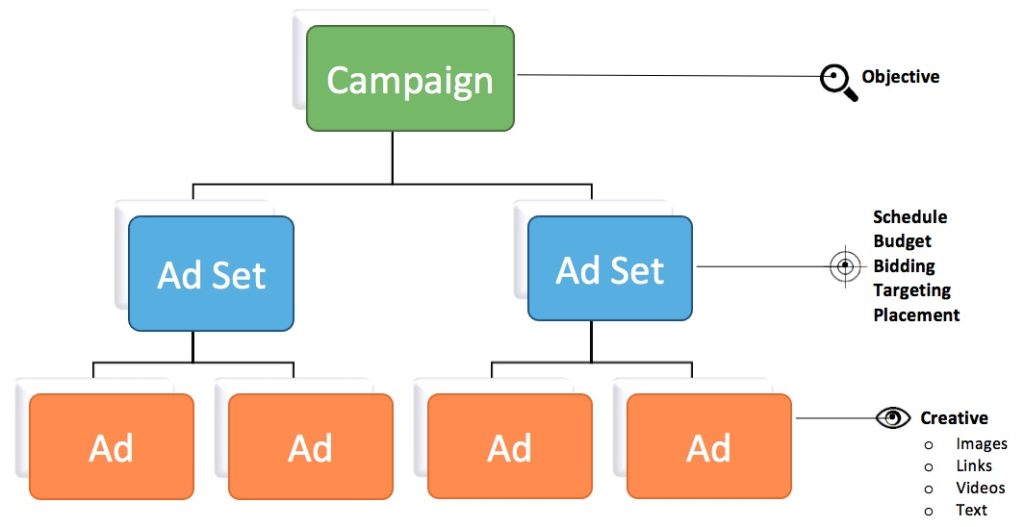
Beyond just maintaining ads accounts, savvy advertisers constantly test and refine initiatives to maximize impact:
Batch Creative Iteration
Design multiple ad variations and place into equal A/B rotation to identify highest performing options worth further investment.
Broad Audiences To AI-Based Matching
Transition broad targeting that elicits initial signal to advanced audience creation harnessing platforms’ AI to identify qualified subsets.
UTM Tracking Parameters
Append UTM codes denoting channel, campaign, term to URLs in order to filter attribution by source against conversions.
Dayparting Adjustments
Assess performance by daypart and direct budgets towards weekday mornings, evenings or weekends yielding enhanced ROI.
Search Query Report Analysis
Evaluate search query metrics to help expand keywords and tighten match types capturing qualified traffic.
Through ongoing optimization leveraging accounts’ robust data and organization, you further boost advertising success.
Paid Ads Management Platform Comparison
For larger brands managing 7, 8 or even 9 figure advertising budgets, administering numerous accounts simultaneously can still prove extremely complex.
Sophisticated paid ads management platforms (PAM) have emerged to meet enterprise needs. Let’s examine how the most widely adopted PAM solutions compare:
| Kenshoo | MarinOne | Acquisio | |
|---|---|---|---|
| Account Consolidation | All major platforms | All major platforms | All major platforms |
| Campaign workflows | ✅ | ✅ | ✅ |
| Budget pacing | ✅ | ✅ | ✅ |
| Creative testing | Multivariate | A/B testing | Multivariate |
| Audience management | ✅ | ✅ | ✅ |
| Automation | AI-based | Rules-based | AI-powered |
| Analytics | Dashboards + raw data | Dashboards | Dashboards + raw data |
| Account team support | Dedicated pod | Account manager | Technical success manager |
| Price | $$$ | $$ | $ |
While paid ads management systems have base similarities, differentiation occurs across breadth of automation intelligence, data transparency and customer service models.
Pricing also ranges widely from $1,000s per month for Marin One to $100,000s annually for Kenshoo suits catering to Fortune 500 level spend. Acquisio delivers robust functionality for mid-marketers at an affordable monthly cost however.
Frequently Asked Questions
Questions commonly arise for first-time advertisers getting started with accounts. Here are answers to top queries:
Do ads accounts cost money?
Ads accounts themselves carry no fees – you simply pay for the media bought. However accounts require entering payment info even with minimum budgets to verify legitimacy.
Can I use one ads account across multiple platforms?
While tools like Acquisio consolidate reporting data cross-platform, accounts need creation distinct on each platform since targeting, creative options and billing all vary individually.
How do I add other users to my ads accounts?
All major platforms allow adding other users via adding their email addresses and assigning access levels like Admin, Standard, Read-Only etc based on roles.
Can I organize ads accounts hierarchically?
Yes definitely. Google Ads Manager Accounts with sub-accounts or Facebook Business Manager controlling ad accounts prove best practices organizationally.
Should I create one ads account per campaign?
Typically consolidated accounts with subdivisions for individual initiatives based on products, brand etc facilitates better comparison, tracking and billing.
So in summary, properly structuring and managing accounts provides the foundation for advertising success. Their centralized and scalable nature allow seamless organization even as daily spend grows from $100 to $100K+.
